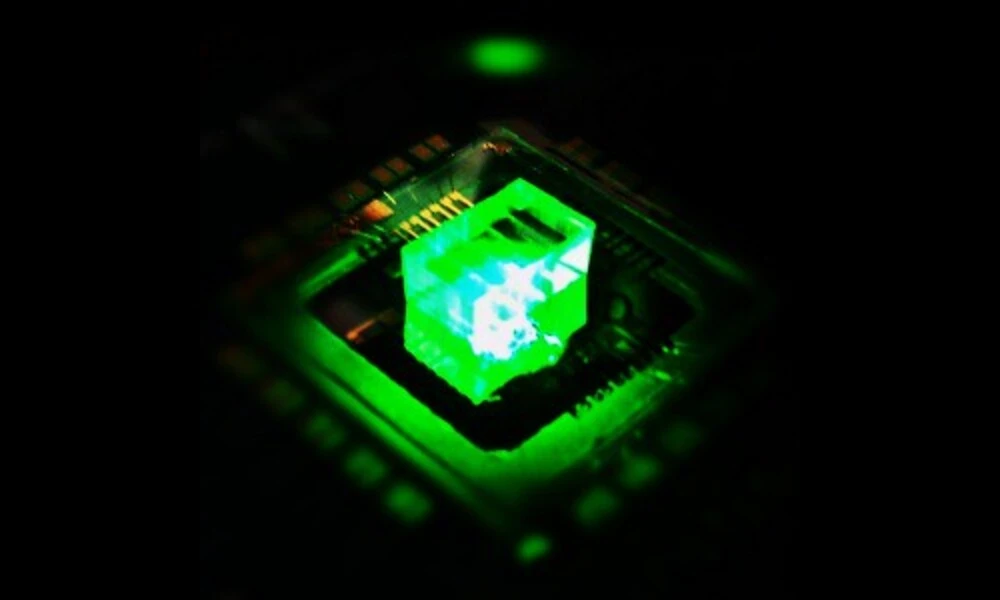1.7 Ghz Radio Emissions Probably Harmless to Humans
Published on Tue Sep 26 2023 United States Capitol Building Cell Towers Inauguration | Anthony Quintano on Flickr
United States Capitol Building Cell Towers Inauguration | Anthony Quintano on FlickrA recent preprint paper titled "1.7 GHz long-term evolution radiofrequency electromagnetic field with efficient thermal control has no effect on the proliferation of different human cell types" has shed new light on the potential effects of radiofrequency electromagnetic fields (RF-EMFs) on human cells. RF-EMFs are commonly used in communication technologies (for example, 4G LTE), but their impact on biological systems has been a subject of debate.
In the study, researchers aimed to understand the precise physiological effects of 1.7 GHz RF-EMF on different human cell types. They refined the RF-EMF exposure system to improve stability and minimize thermal effects. The research team examined the effect of continuous exposure to 1.7 GHz RF-EMF on various cell types, including adipose tissue-derived stem cells and cancer cells.
Surprisingly, the results showed that the proliferation of all cell types remained unchanged compared to unexposed controls. However, when the thermal control system was turned off and the temperature increased due to RF-EMF exposure, cellular proliferation increased by up to 35.2%.
These findings suggest that the cellular effects previously attributed to 1.7 GHz RF-EMF exposure were primarily due to induced thermal changes rather than the RF-EMF exposure itself. Temperature is known to play a crucial role in cellular processes, and temperatures outside certain ranges can have adverse effects on cell growth. The study highlights the importance of precise temperature control and monitoring in investigating the direct effects of RF-EMFs on cells and organisms.
The results of this study provide valuable insights into the potential impact of RF-EMFs on human cells. However, it's important to note that the study focused specifically on 1.7 GHz RF-EMF, and RF with different frequencies might have different physiological outcomes. Further research is needed to fully understand the effects of RF-EMFs and to compare results using more advanced RF-EMF systems with better thermal control.
Overall, this study helps alleviate concerns regarding the potential harmful effects of RF-EMF exposure on cellular proliferation. The findings suggest that exposure to 1.7 GHz RF-EMF, at least within certain SAR values, does not directly influence cell proliferation.



